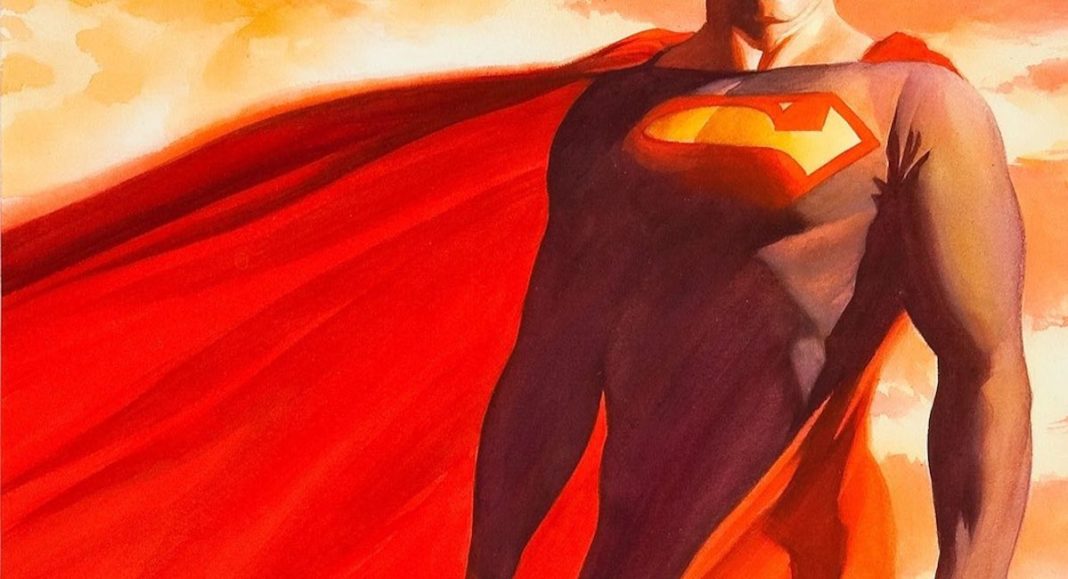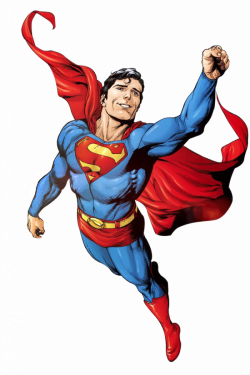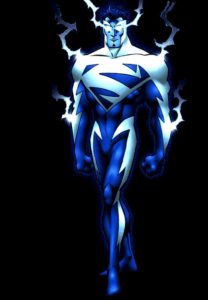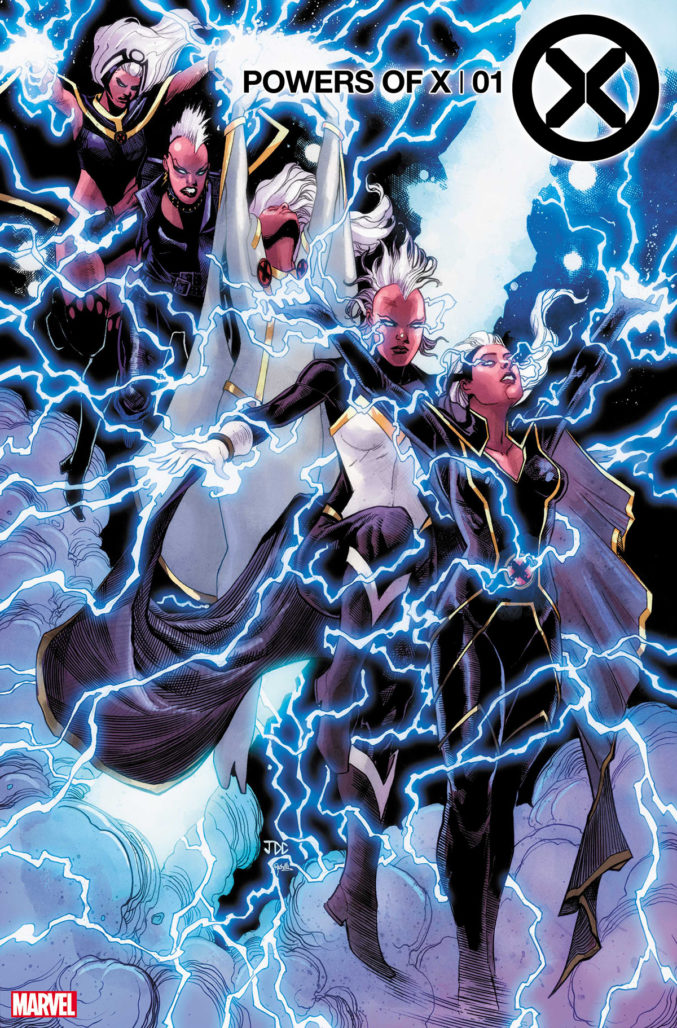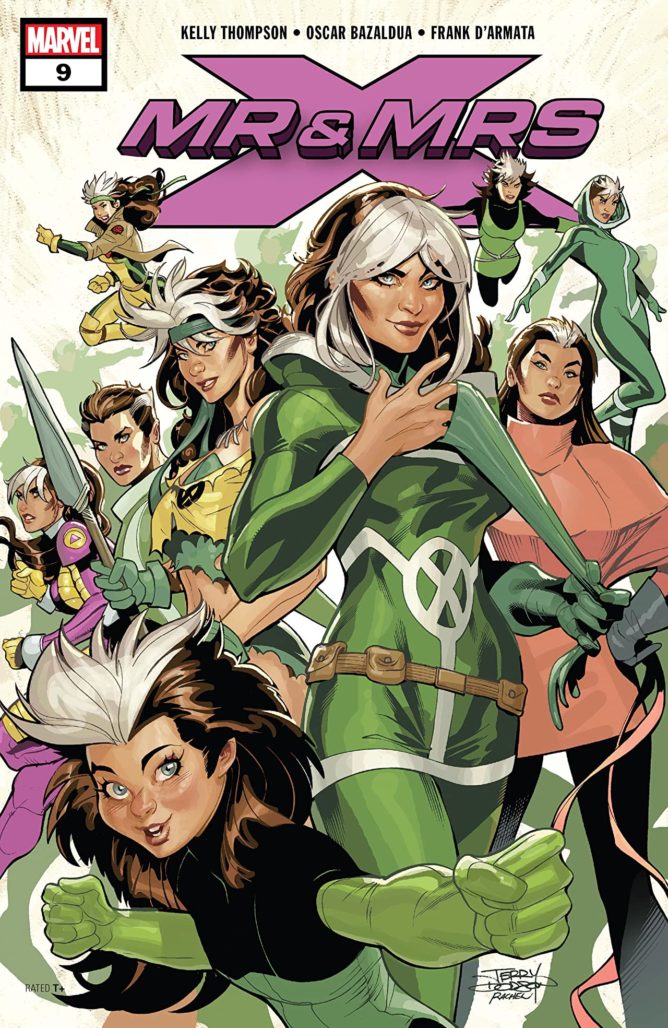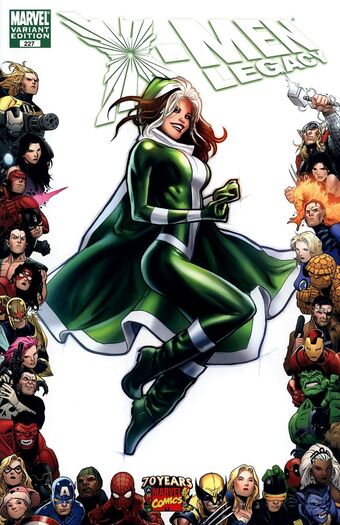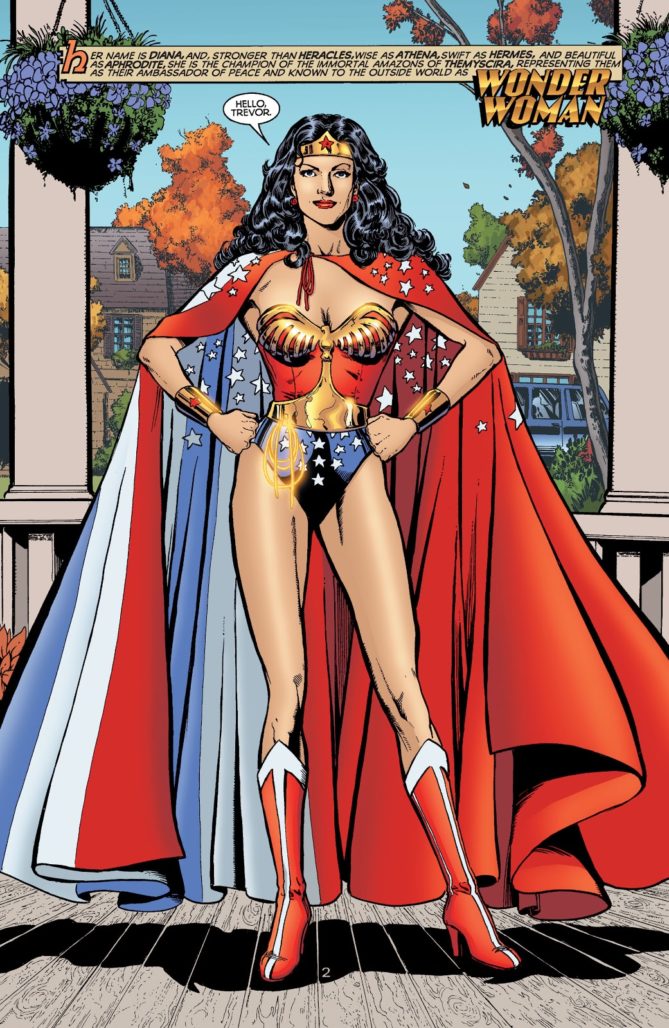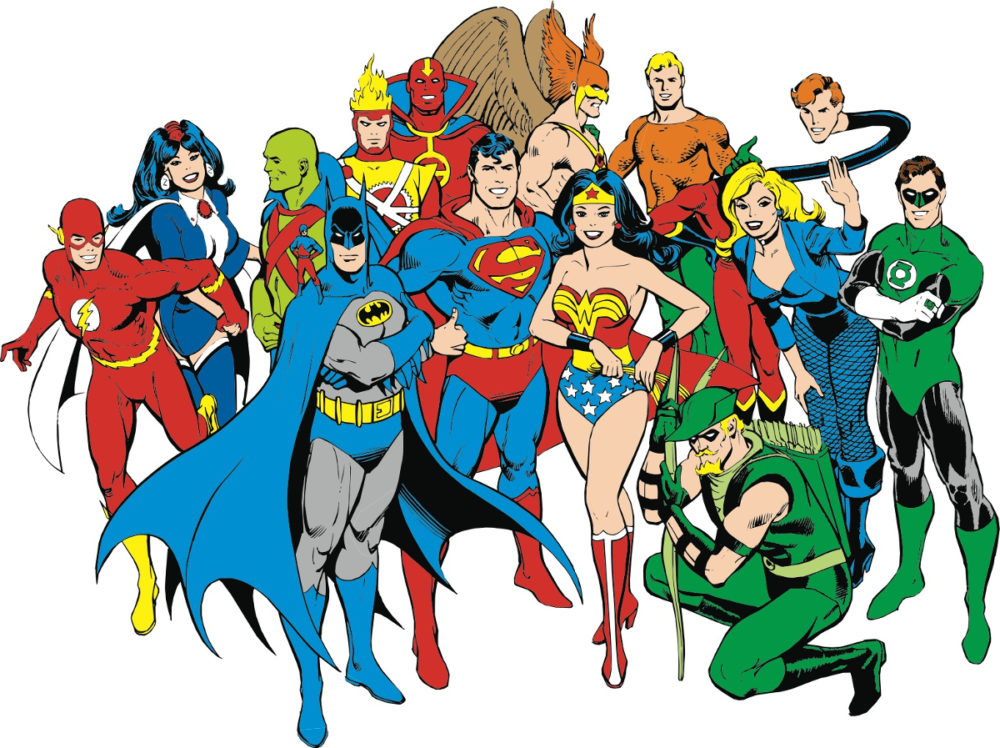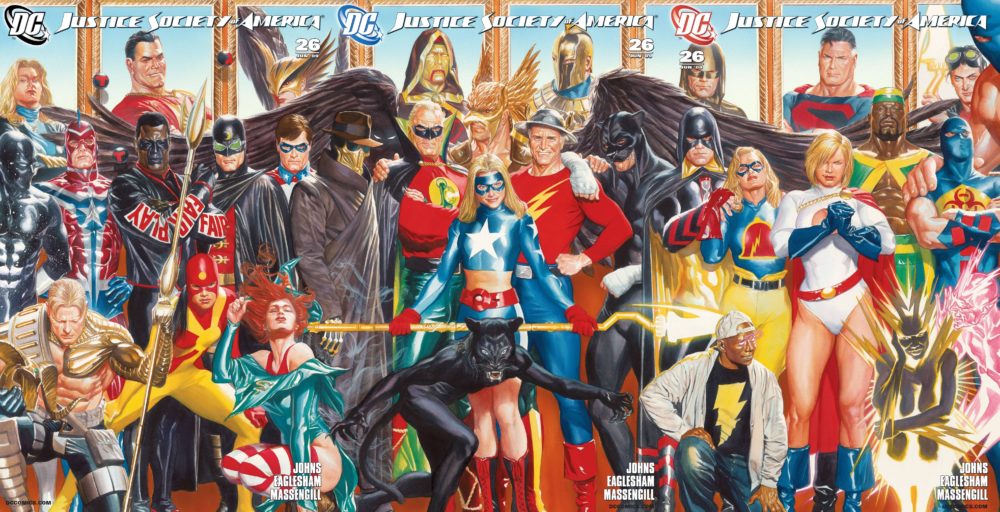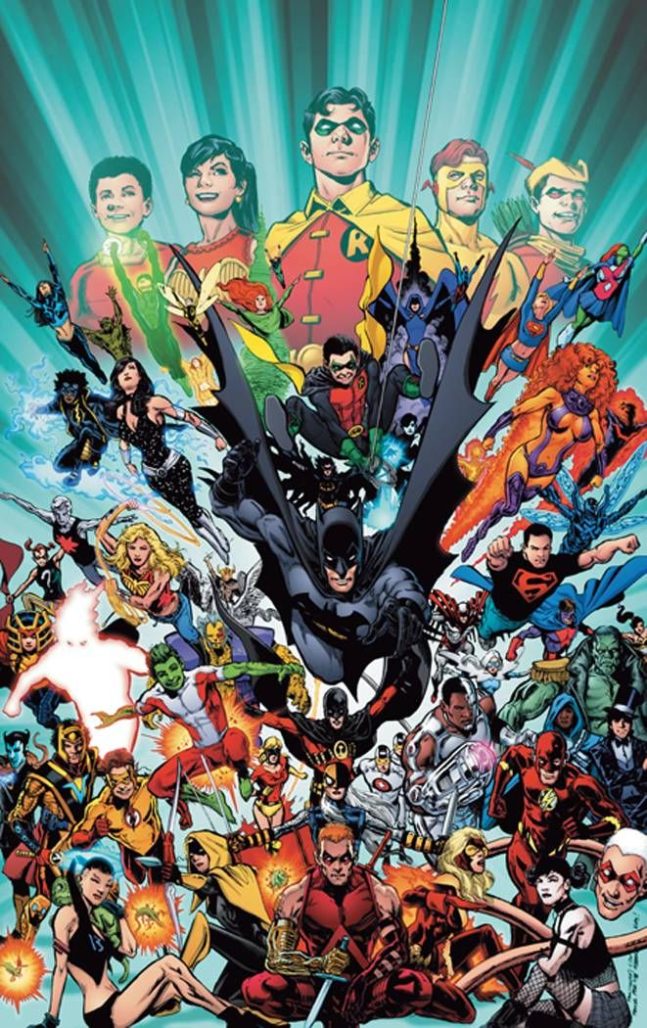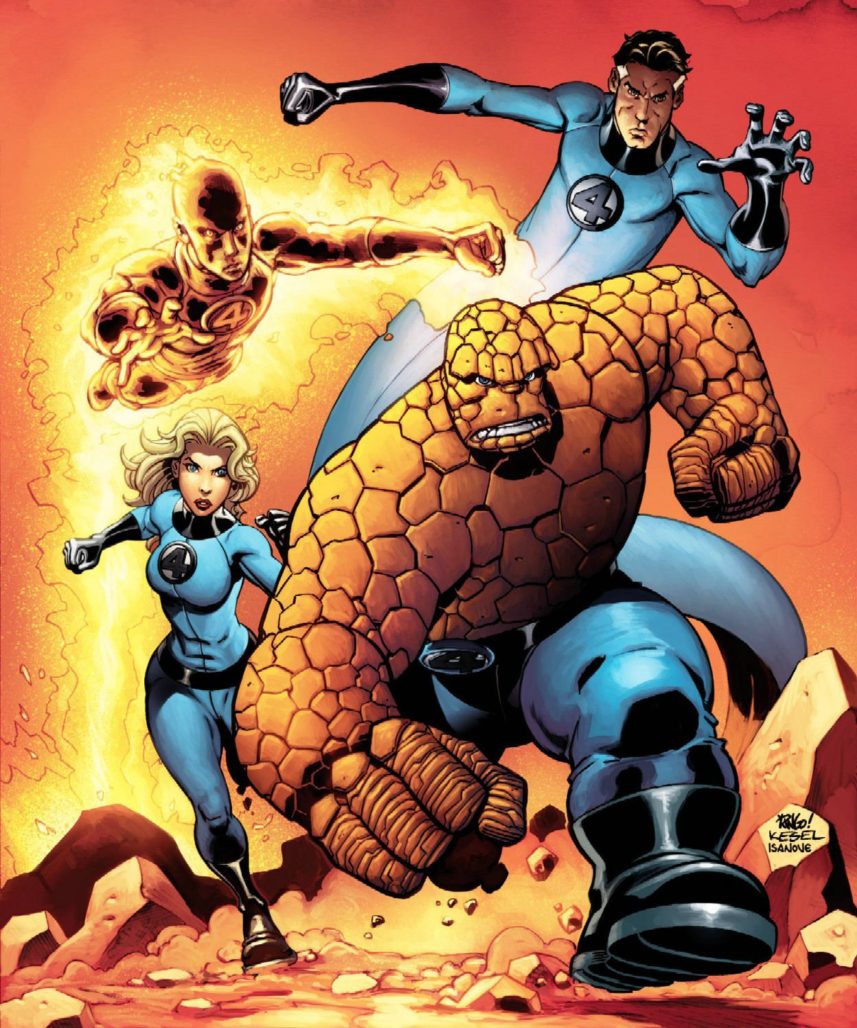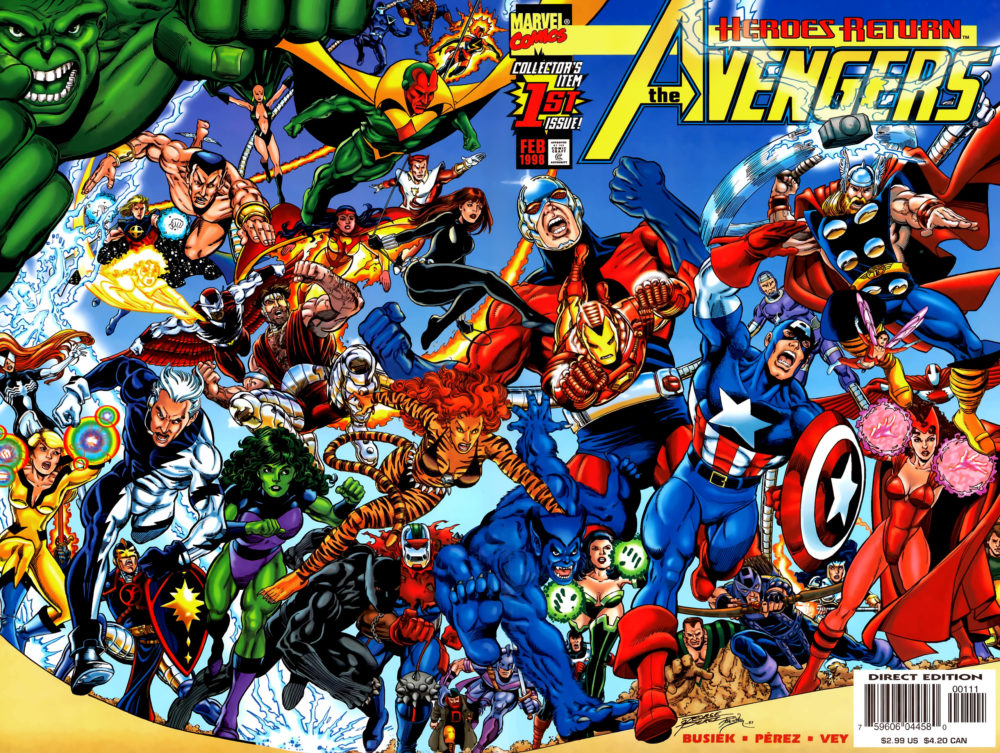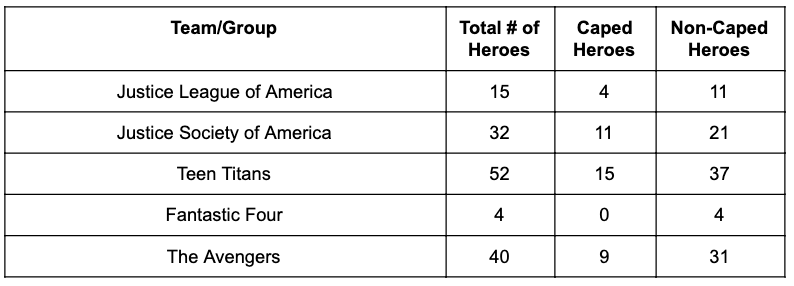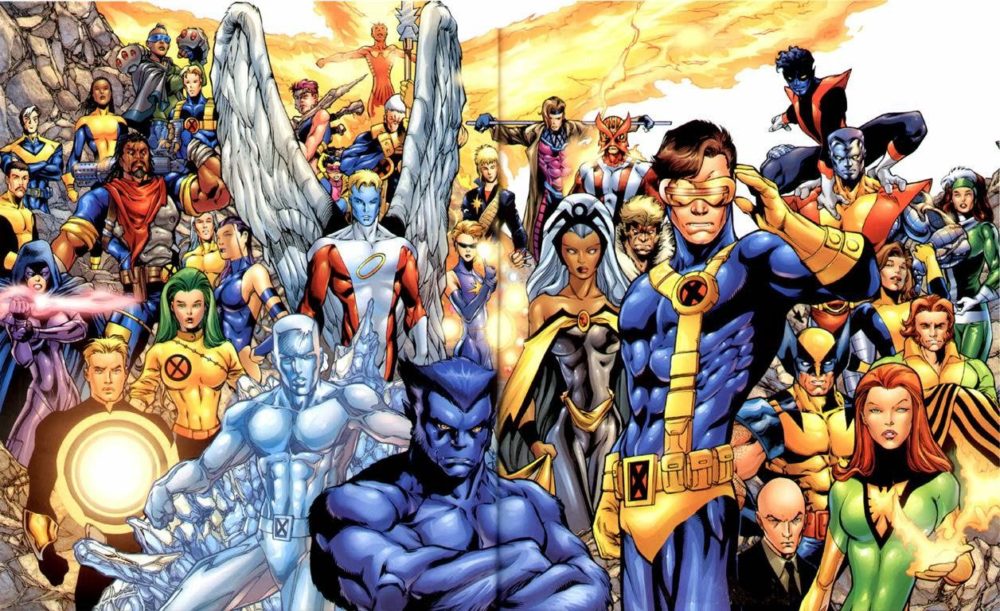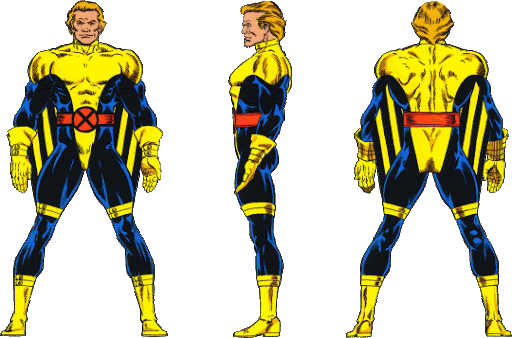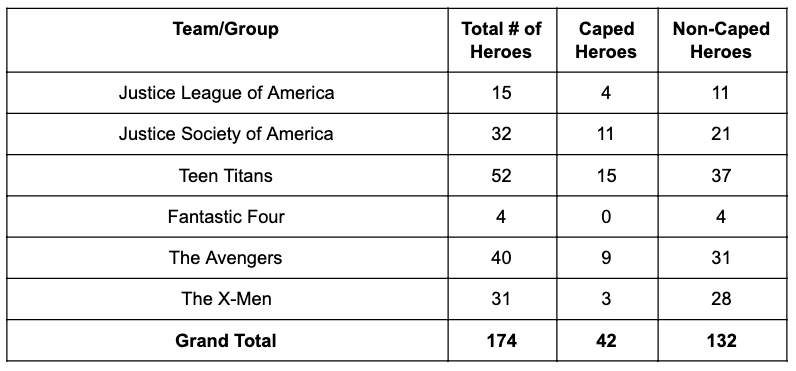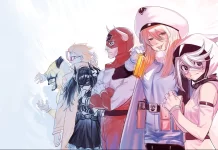“Not all heroes wear capes.” It’s a phrase you may have seen once or twice before on social media. It’s generally used to refer to someone performing an act of kindness or an otherwise selfless deed. I’ve seen the phrase on Twitter several times over the past few weeks, often referring to healthcare workers and others who are risking infection with COVID-19 for the good of others. It’s also sometimes used in a sarcastic fashion, in reference to someone doing something mundane. Either way, so ubiquitous is this phrase that it has both its own Urban Dictionary entry and an entry on the website Know Your Meme. TeePublic even has a t-shirt featuring the phrase in a Super Powers-esque design.
The phrase “Not all heroes wear capes” draws a comparison between a person in the real world and a superhero, with the point being that people in reality can be just as good as the idealized heroes of comics and movies. The phrase itself relies on the idea that most heroes, or at least most superheroes, do wear capes. But is that really true? Do most superheroes wear capes? Or is the phrase “Not all heroes wear capes” based on a fallacy? Let’s examine the evidence.
What is a cape?
Before we go any further, it’s important that we’re all on the same page about what constitutes a cape. The dictionary defines cape as “a sleeveless outer garment or part of a garment that fits closely at the neck and hangs loosely over the shoulders.” Let’s break that down. In order for something to qualify as a cape, it must:
- Have no sleeves
- Be worn on the outside of other clothes
- Be either a separate piece of clothing, or a part of a piece of clothing
- Fit closely at the neck
- Hang over the shoulders
- Hang loosely
Using that definition, let’s look at an example superhero and determine whether they’re wearing a cape or not.
This is Superman. You may have heard of him. Whoever came up with the phrase “Not all heroes wear capes” was probably thinking of Kal-El of Krypton when they did so.
“But Joe,” you might be shouting at your screen, “It’s Superman. Of course he wears a cape. It’s right there.” If you had asked me before I looked up the dictionary definition of a cape, I would have immediately agreed with you. But the definition specifically says a cape “fits closely at the neck.” Further digging into this phrase indicates the fit is similar to something like a turtleneck, though not necessarily with the height implied by a turtleneck. Now look at Superman’s cape. It attaches at the collar of his shirt, but it doesn’t necessarily fit ‘closely’ to the neck, does it? I would call it neck-adjacent, just touching the base of the neck as it connects to the shirt and sits mostly on the shoulders.
Friends, I’m not going to sit here and tell you Superman doesn’t wear a cape. We all know Superman wears a cape. Except when he doesn’t.
(We’ll come back to that.)
All I’m saying is that, for the purposes of this analysis, we’re not strictly going to be following the dictionary definition of a cape. We’ll follow the Superman definition of a cape (especially since, as I mentioned before, whoever came up with the phrase “Not all heroes wear capes” was probably thinking of Superman when they did so). The Superman definition of a cape, then, is essentially the same as the dictionary definition, but without being strict about the cape fitting “closely to the neck.”It’s still sleeveless, it stills hangs over the shoulders, it’s still worn on the outside of other clothing, and it’s still either a separate piece of clothing or a connected part of another piece of clothing.
What Constitutes a Caped Hero?
So. Regarding Superman Blue up there. There are some superheroes who have gone through multiple costumes that do or do not include a cape. Storm, for example, has had multiple looks, caped or capeless:
Similarly, fellow X-Man Rogue has also cycled through multiple looks, only one of which appears to include a cape (and even then not consistently):
Other heroes, like Wonder Woman, are known to wear capes for special occasions:
For the purposes of this analysis, I’m going to consider the overall timeline of a character and whether they’ve worn a cape or not. If they’ve done both, I’ll look at what they’ve worn for the majority of their history. So, for example, Storm has worn a cape for most of her history, so I would consider her to be a character who wears a cape. Rogue has only sporadically worn a cape, with a majority of her looks not including one, so I would consider her to be a character who does not wear a cape. Electric powers aside, Superman usually wears a cape, while Wonder Woman only pulls hers out as formalwear.
Population Sampling
Now that we’re all on the same page about what we’re going to be looking at, we need to determine sample size. Between publishers like DC and Marvel, there are hundreds, if not thousands, of superheroes, caped and otherwise. Expanding the scope to other publishers add hundreds more. There are simply too many heroes to look. For the purposes of a representative sample, then, I’m going to limit analysis to DC and Marvel heroes, looking at members of a few different superhero teams. The website superherodb.com lists 1,547 male and female superheroes in its database. Statistically, 10% of a population is a considered to be the ideal sample size, so we’re going to look at around 150 superheroes.
Let’s get started!
Exhibit A: The Justice League of America
Here we have a classic José Luis García-López image of the bronze age iteration of the Justice League. Fifteen heroes appear in this image. Of those heroes, five are wearing capes – Superman, Red Tornado, Batman, Martian Manhunter, and Zatanna. Of them, Batman, Red Tornado, and Martian Manhunter have always worn capes to my knowledge, and we’ve already determined that Superman wears one most of the time, so that’s four for sure.
The wildcard is Zatanna. Yes, she’s wearing a cape in that image, and she’s been known to wear a cape at other times as well – when she first joined the Justice League she wore a different costume featuring a red collared cape, and her New 52 Justice League Dark uniform featured a cape – but she’s far more commonly seen in her traditional magician uniform, and her current uniform features a long coat in place of a cape. So despite Zee’s cape in the image above, I’m going to count her as a non-caped character.
Exhibit B: The Justice Society of America
Next up is the Justice Society of America. This is the pre-New 52 version of the JSA, featuring a mixture of golden age heroes and modern legacy heroes, as painted by Alex Ross. The image features 33 heroes. Of them, Superman is a duplicate from the JLA (yes, it’s a Superman from an alternate earth, but I’m still considering it to be the same character). Omitting him brings it down to 32 heroes.
Of those characters, eleven of them — from left to right, Captain Marvel, Dr. Mid-Nite, Mr. America, Obsidian, Hourman (Android), Green Lantern (Alan Scott), Dr. Fate (Hector Hall), Hourman (Rex Tyler), Hourman (Rick Tyler), Power Girl, and Amazing Man — wear capes, while the other 21 heroes do not.
Exhibit C: The Teen Titans
Alright, let’s get nuts. Here we have the Teen Titans, pre-New 52, as drawn by Phil Jimenez. If I’m not mistaken this is actually a collection of everyone who was still alive at the time and who had ever been a Teen Titan. There are some duplicates on here — four of the original five Titans are represented both as their past selves and current selves (RIP Garth), and The Atom is on there (yes, he was a Teen Titan, look it up). There are 52 total unique characters here; fifteen of them are wearing capes. Of them, fourteen are definite cape-wearers.
The one who’s on the fence is Dick Grayson, who appears on this cover as both Robin and Batman. This one’s going to be tight: Dick Grayson was Robin (caped) for 43 years before adopting the identity of Nightwing (no cape) in 1983. He was Batman (caped) briefly in 1994, and then took over the identity again from 2009 until 2011. Since then he’s alternated between Nightwing and Agent 37 (no cape). Grand total, Dick wore a cape for 46 years, and has worn no cape for 34 years. I’m calling it: Dick Grayson is a caped hero.
That was a lot of characters. Let’s jump over to Marvel and see what’s happening there.
Exhibit D: The Fantastic Four
Marvel’s first family, rendered here by Mike Wieringo, Karl Kesel, and Richard Isanove. Four characters. No capes. They’ve never worn capes. Can you imagine if they did? Would their capes be made of unstable molecules too? Would Mister Fantastic’s cape stretch with him? Would the Human Torch burn through capes and constantly have to replace them? How would a shirtless The Thing attach his cape? So many questions!
Anyway. This one’s pretty easy.
What else’ve you got, Marvel?
Exhibit E: The Avengers
From four to…a lot more than four. Basically every non-mutant hero in the Marvel universe has been an Avenger. The cover above, by the inimitable George Pérez, is from 1998’s Avengers #1, and features everyone who had been a part of the team up until that point. There are forty heroes total on this cover. Of them, I count eight who are definitely wearing capes, and who have definitely worn capes for a majority of their history.
Another character, The Black Knight, does not appear to be wearing a cape on this cover, but has definitely worn one elsewhere as part of his knightly attire for the majority of his existence (yes, there was a period in the ‘90s where he wore a jacket, but who didn’t wear a jacket then). So that brings us to nine caped heroes.
Exhibit F: The X-Men
And here we have our final group of heroes, Marvel’s merry mutants. This image of the X-Men by Carlos Pacheco was originally published as a spread in the X-Men: The Ultimate Guide coffee table book. It features a late ‘90s iteration of the team with such fan-favorite characters as Maggot (no cape) and Marrow (no cape).
This image features 33 characters. One of them, Beast, was also included in the Avengers art, so I won’t include him. Another is Sabretooth. I think we can all agree that Sabretooth is decidedly not a hero. So he’s out.
Of the 31 remaining heroes, only two of them are definitively wearing capes: Kwannon and Storm. A third, Polaris, is pictured in her capeless uniform, but has definitely worn a cape for most of her history in other costumes, so that brings the number of caped heroes to three.
There’s one more character in cape contention: Banshee. I looked at many, many images of Banshee to see how the fabric under his arms connects to his costume. If it connects on the back, even if it’s not exactly around the neck, I’ll call it a cape; if it doesn’t, it’s not a cape. Finally I found this turnaround of Banshee’s ‘90s, Jim Lee-designed uniform:
The fabric connects from his underarms down to the sides of his torso/legs. Alas, that’s no cape.
Conclusion
We ended up with 174 heroes total in our sample, or 11.25% of the total population. Of those 174 heroes, 42 total (24.14%) are caped heroes, while 132 (75.86%) have not worn capes for the majority of their history. That’s a fairly definitive majority of heroes who do not wear capes.
So what have we learned from all of this? Well, for one thing, we’ve learned that it’s possible to expend a lot of time and energy analyzing something that never required the level of analysis being applied. But more importantly, we’ve learned that, while “Not all heroes wear capes” is technically accurate, it would be more accurate to say “Most heroes do not wear capes.”
And that, I think, may be a more powerful phrase.


